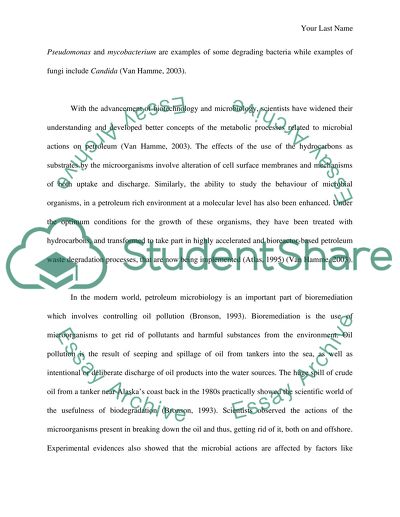Cite this document
(“The recent advancements made in petroleum microbiology Term Paper”, n.d.)
Retrieved from https://studentshare.org/biology/1393993-petroleum-microbiology
Retrieved from https://studentshare.org/biology/1393993-petroleum-microbiology
(The Recent Advancements Made in Petroleum Microbiology Term Paper)
https://studentshare.org/biology/1393993-petroleum-microbiology.
https://studentshare.org/biology/1393993-petroleum-microbiology.
“The Recent Advancements Made in Petroleum Microbiology Term Paper”, n.d. https://studentshare.org/biology/1393993-petroleum-microbiology.


